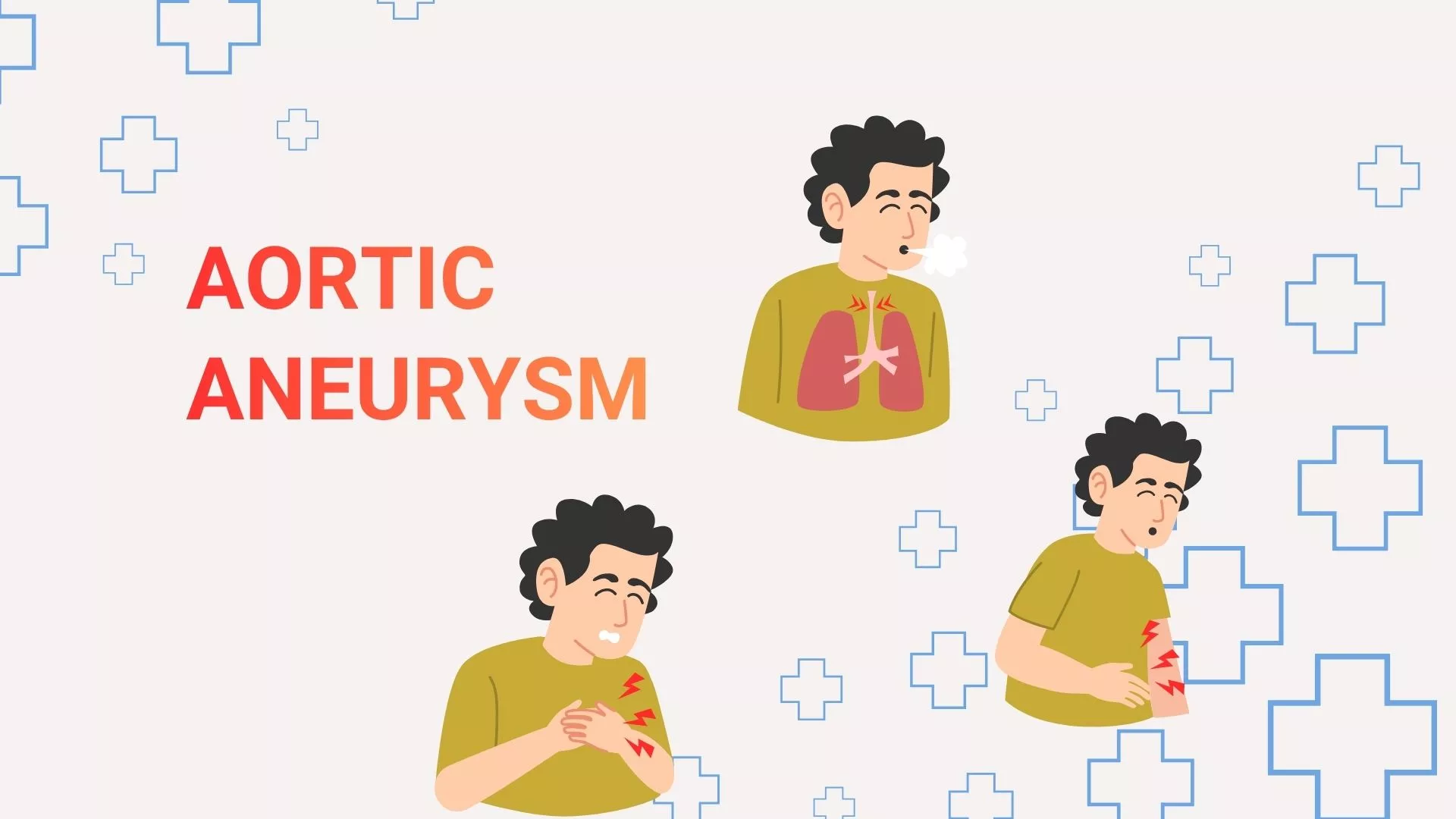Opioids are some of the most effective medications for managing severe pain, especially in palliative care, where quality of life is paramount. However, due to misconceptions, many patients and families hesitate to consider opioids, fearing addiction, serious side effects, or the implications of using these medications. When administered under medical supervision, opioids play a crucial role in alleviating pain, allowing patients to live more comfortably and maintain their daily routines. At a reputed Pain & Palliative Medicine Hospital in Hebbal Bangalore, such treatments are closely monitored to ensure safety, comfort, and improved quality of life. Let’s look at some of the most common myths about opioids in palliative care and uncover the truth behind them.
1. Myth: Starting Opioids Means End-of-Life Care
One of the biggest myths is that starting on opioids signals the end of life, particularly in the context of serious illnesses like cancer. The reality is that opioids can be prescribed at any stage of illness to help manage pain and enhance a patient’s quality of life. In fact, for many patients, the goal is not solely comfort care but also to support ongoing treatments. For example, opioids can allow cancer patients to stay more active and focused on their recovery by relieving the pain that might otherwise interfere with their therapies. By managing pain, opioids help patients remain engaged in their lives and treatment plans, regardless of where they are in their journey.
2. Myth: Opioids Will Lead to Addiction
Fear of addiction is a major barrier to opioid use. While opioid misuse and addiction are concerns in general, the controlled, supervised use of opioids in a medical setting presents minimal risk. In palliative care, healthcare providers carefully calculate doses based on each patient’s unique needs, ensuring the pain relief achieved does not induce the "high" associated with recreational use. Additionally, drug-seeking behavior is rare in palliative care, as the medication’s sole purpose is symptom management rather than pleasure. Education is key to understanding the difference between medical use, which focuses on controlled pain management, and recreational misuse, where addiction risks are far higher.
3. Myth: Opioids Cause Respiratory Depression and Death
Respiratory depression—slowed or difficult breathing—is a risk of opioid overdose but is often exaggerated in the context of medically supervised care. Under a doctor’s guidance, doses are adjusted carefully to balance effective pain relief without approaching dangerous levels. With gradual dose adjustments, the risk of respiratory depression is extremely low for most patients. The common concern arises when opioids are misused, such as combining them with other sedatives or self-administering higher doses. Under proper medical care, opioids provide a safe, effective option for pain management, avoiding the severe risks often highlighted.
4. Myth: Opioids Cause Serious Organ Damage Like Liver or Kidney Failure
Many people believe that opioids are toxic to the liver or kidneys, potentially causing long-term organ damage. In fact, opioids, unlike certain medications, do not typically lead to liver or kidney failure. The side effects patients are more likely to experience include nausea, constipation, and drowsiness—symptoms that are generally mild, manageable, and often resolve within the first week of starting treatment. When prescribed by trained professionals such as Pain and Palliative Physicians in Hebbal Bangalore, opioids are monitored to prevent complications, with regular check-ins to ensure safe, continued use.
5. Myth: Opioids Will Leave Patients Sedated and “Doped Up” All Day
A common concern is that opioids will make patients feel constantly sedated, affecting their ability to think, communicate, and enjoy daily activities. However, the purpose of opioids in palliative care is to improve function by relieving pain. Properly managed opioid doses allow patients to engage in activities they enjoy, experience improved sleep, and participate more fully in life. Far from making patients feel “doped up,” opioids at the right dosage can enable them to enjoy greater vitality, energy, and comfort. The key is individualized dosing and adjustment to find the balance that allows patients to feel alert and engaged.
Conclusion
Misconceptions around opioids often prevent patients from accessing the pain relief they need. When prescribed and monitored carefully, opioids are safe and effective, allowing patients to experience significant relief and improve their quality of life. Rather than signaling the end of life, these medications support continued treatment, relief, and dignity for those with severe illnesses.
If you or a loved one are considering opioids for pain management, consult with your palliative care team. They can guide you on how these medications can be used safely, enhancing comfort and allowing you to focus on what matters most.











